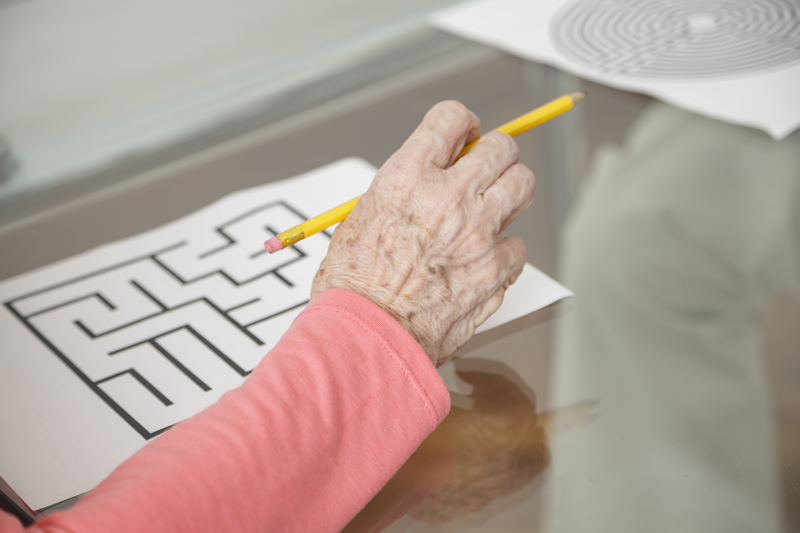
Stroke recovery is a lifelong process. Although there’s a persistent myth that all recovery happens within the first few months after a stroke, that doesn’t match the facts. Most stroke patients make progress for years afterward, depending on their level of care.
The level of aftercare for stroke patients is so important. Some must seek stroke rehabilitation at an in-patient facility for the best outcomes possible.
Still, people don’t stay at a rehabilitation facility forever. At some point, a doctor will determine that it’s time to develop a longer-term aftercare plan that includes home recovery.
Recovery and Rehab at Home
After a stroke, returning home can be a daunting process. Things that used to be easy, like getting dressed, using the restroom, cooking, and cleaning, may be difficult with limited mobility and memory.
Some stroke survivors feel comfortable handling day-to-day tasks on their own, some seek in-home care, and some prefer to transition to an assisted-living arrangement with professional staff. The decision is individual to each person and should be made in consultation with a doctor, rehab staff, caregiver, family, and friends.
Rehabilitation should be an active part of the home plan. It may take place during trips to a rehab center, or could happen right in the living room. It will likely have short-term and long-term goals, with wide flexibility due to variability in stroke recovery.
Tips for Home Support
Little things can make a big difference in the home environment after a stroke. For example, a simple rearrangement of furniture can make it much easier to get around. Keeping things on countertops, within easy reach, may be easier than keeping them inside cabinets.
Here’s a list of home changes to consider post-stroke:
- First, do a home assessment
- Address critical hazards first, like hot water temperature and falling objects
- Fix slipping, tripping, and balance hazards throughout the home
- Remove physical barriers like rough floor transitions and blocked walkways
- Adjust the kitchen and pantry for easy food preparation and eating
- Simplify bedding the the sleeping area
- Ensure the bathroom is usable with limited mobility and safe when wet
- Arrange help with housework, grocery shopping, and traveling to appointments
- Create a list of emergency contacts and post it prominently in the home for easy reference
- Reassess the home setup and reevaluate the stroke plan periodically, to allow for setbacks and progress.
A Lifelong Plan
More than 7 million Americans have survived a stroke. For these survivors, it’s important to keep in mind that having one stroke puts you at risk for more strokes in the future.
Some risk factors are beyond your control - your age, for example. Stroke likelihood doubles every 10 years after age 55. Women have more strokes than men, and African-Americans are at higher risk than Caucasians.
However, lifestyle changes can make a big impact on a person’s long-term health outlook. To minimize the risk of another stroke, consider these factors:
- Smoking damages the cardiovascular system and significantly increases risk, especially after a previous stroke.
- High blood pressure, left untreated, is a major contributor to stroke.
- Activity and obesity also play a role. After a stroke, just a few minutes a day of low-impact activity can prevent weight gain.
- People with diabetes have a higher risk for high blood pressure, high blood cholesterol, and excess weight, which compounds risk.
- Food plays a role in stroke risk, particularly a diet that’s high in trans fats, saturated fats, and cholesterol.
If you have additional questions about stroke recovery, connect with the Stroke Care experts at Johnson Memorial Health. We were recently awarded Stroke Ready Certification by the Healthcare Facility Accreditation Program for excellent staff training and expert home health and outpatient stroke therapy.
